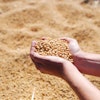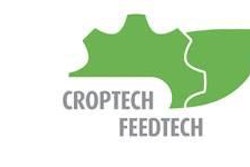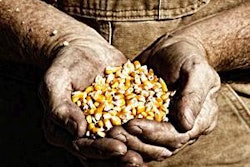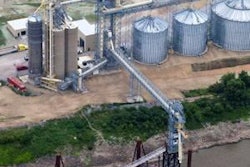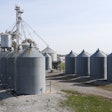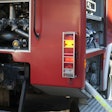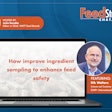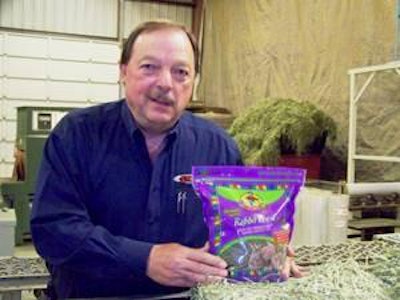
In the not-so-distant past, horses were barnyard animals just like cows or pigs. Now they are companion animals on par with dogs or cats. However, today’s horse owners are also likely to own a small animal pet such as a rabbit, guinea pig or chinchilla.
One feed manufacturer is turning those trends in pet ownership into a thriving small animal pet food business.
Observing customers
Standlee Hay is best known for growing and marketing premium Western forages for the domestic market. The company also makes cubes and pellets for the large animal market. However, about 10 years ago, company managers begin noticing that many customers at feed and farm stores picking up a 50-pound bag of alfalfa-timothy pellets for their horses also wanted to buy loose hay to feed their rabbits or hamsters; they just didn’t want to buy a whole bale of it.
That led to the formation of jojo’s Best, a forage-based pet food line. While it seems like a natural fit, the decision was not made lightly, explained Bob Buckley, national accounts manager. “We started by doing market research,” Buckley said. “How much loose hay did customers want for their rabbit or chinchilla? How did they want that hay packaged?”
An education process
Company officials also educated themselves about small animal husbandry and what products were needed. Not all rabbits, for example, are created equal—some are show bunnies, some are destined for the dinner table and still others are pets. Each segment of the small animal market has different requirements but shares one characteristic: discerning buyers.
“Hay that goes into a bag has got to be sharp,” Buckley said. “It’s got to be the elite of the elite.” To meet that standard, hay bales are first screened with magnets to remove any wire or other metal contaminants. Then employees break open large bales of hay and hand sort the bale, selecting only the stems that are bright green and soft. The rest of the bale is made into pellets or cubes where quality is important, but not paramount.
Smaller isn’t cheaper
Once Standlee Hay knew what customers were looking for, the company evaluated its manufacturing and packaging lines along with associated costs. Customers may want smaller packages, but providing those products costs more in terms of labor, equipment, extra packaging and overhead. “If we make 10, 4-pound bags of pellets as opposed to one, 40 pound bag, it is more costly to us. It’s the same amount of product but we have to put the product in a bag, then put the bags in a box, and then put the boxes on a pallet,” Buckley said. “We have to look to see if the return on investment justifies the cost.”
Although the products are similar between the large animal and small animal lines, package size and the smaller demand for product required putting jojo’s Best in a separate building and utilizing smaller equipment.
Distribution
Product distribution, on the other hand, was relatively easy because Standlee Hay products are already in more than 3,500 farm and feed stores across the U.S. Standlee ships only full truckloads, so adding a couple pallets of jojo’s Best products can help individual stores or a distributor fill a load.
“Jojo’s gives us more shelf space and gets our name out there more. It helps us brand our whole product line,” Buckley said.
Customers can also order jojo’s Best directly from the company’s e-commerce site. Sales generated by the site have been minimal so far, but the company is working to improve the site and better market the site to customers. In addition to placing orders, customers can also get some information about what to feed guinea pigs, rabbits and hamsters.
Focus on strengths
Standlee has built its reputation by providing quality forages for nearly 30 years. Mike Standlee, founder and CEO of the company, was a hay grower in south-central Idaho who bought a press to compress hay bales for shipment to dairies in the southeastern U.S. Today, the company owns 23,000 acres that provides about 35 percent of the forage needs. Having a guaranteed supply of hay that meets strict quality guidelines helps control production costs. “Any time we are doing our own farm hay we see waste and shrink drop by 5 percent as it goes through the plant because we know what it takes to raise the right hay,” said Dusty Standlee, president of Standlee Hay and Mike’s son. Standlee grows Timothy grass and orchard grass along with alfalfa hay. Forages are tested at harvest and each stack assigned a number so the forage can be tracked as it is processed and shipped. Having a farm base has also protected the hay company from some—but not all—of the impacts of volatile grain prices. Hay prices have not kept pace with the price of competing crops, and hay acres keep shrinking as farmers switch to more profitable alternatives.
Hay versus corn
Standlee himself struggles with the temptation to increase the number of corn or wheat acres in the rotation. “Hay is not where it’s at,” he explained, “but we’ve got to feed the plant.” The company became more conservative after the financial crash of 2008 and is taking fewer long positions. “Before we buy a ton of hay, we try to have a ton sold,” Standlee said.
Even though jojo’s Best accounts for less than 5 percent of the company’s overall business, he thinks the future is positive for both the large and small animal markets. “Our large animal sales are large and growing by double digits annually as Standlee further establishes its brand in market and as local forage is hard to come by,” Standlee said. “The small companion animals fit our production because it’s another forage-based feed line.”

